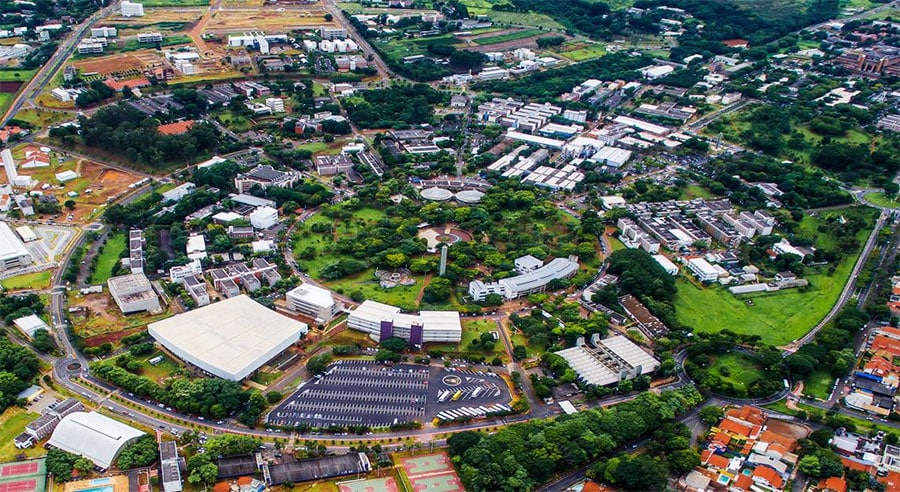RIO DE JANEIRO, BRAZIL – Researchers from the State University of Campinas (Unicamp) improve a software capable of speeding up diagnoses of melanoma type skin cancer. So far, the computer program has achieved 86 percent accuracy in identifying the disease.
Although melanoma represents only 3 percent of the Brazilian population of malignant neoplasms that manifest in the skin, the variety requires attention because it can spread to other cells of the body installing a process called metastasis, the most aggressive of all.

To reach the diagnosis, the software of the Unicamp team compares the lesion with another 23,906 stored in a public image databank. Now, researchers are concerned with expanding the photo archive, so that the level of hit increases even more.
The program works on top of algorithms, which are used by a deep learning mechanism, artificial intelligence technique through which a machine is “taught” to interpret data from the use of neural networks.
The project started to be elaborated in 2014, in a partnership between professors from Unicamp Sandra Avila, from the Computing Institute, and Eduardo do Valle, from the Electrical Engineering College. The research was one of the 25 contemplated by Google Latin America Research Awards, a research fellowship program for Latin America.
According to Sandra Avila, the purpose of the academics is to facilitate the detection of the tumor while it is still in the initial stage, so that it can be treated soon. She stresses that there is no pretension to indicate the software as a substitute for doctors, but rather as a support tool.
Diagnosis and treatment
The medical protocol for diagnosing melanoma meets a number of criteria. The National Cancer Institute (Inca) clarifies that the method follows an internationally adopted rule, that of “ABCDE”. The letters correspond to each of the aspects that can light the alert for the case of a lesion.

The A refers to the asymmetry that characterizes malignant tumors, since they present a different half of the other. B recalls that they have irregular edges. C, in turn, refers to the presence of distinct colors in the same lesion, when cancerous cells can be confirmed. D serves as a reminder to doctors regarding the size of the melanoma lesion, which is larger than six millimeters. Finally, E deals with the evolution of the lesions, since, in the course of time, they go through changes in size, shape or color.
The highest incidence of the disease is observed among white people, and it can appear in any part of the body, on the skin or mucous membranes, in the form of spots or signs. Black people, however, can also be affected, and should keep care, mainly, for the lighter areas of the body, such as palms and soles of the feet.
Today, surgery is the most indicated treatment for melanoma. Depending on the stage of the tumor, doctors may prescribe radiotherapy sessions and chemotherapy to the patient.

